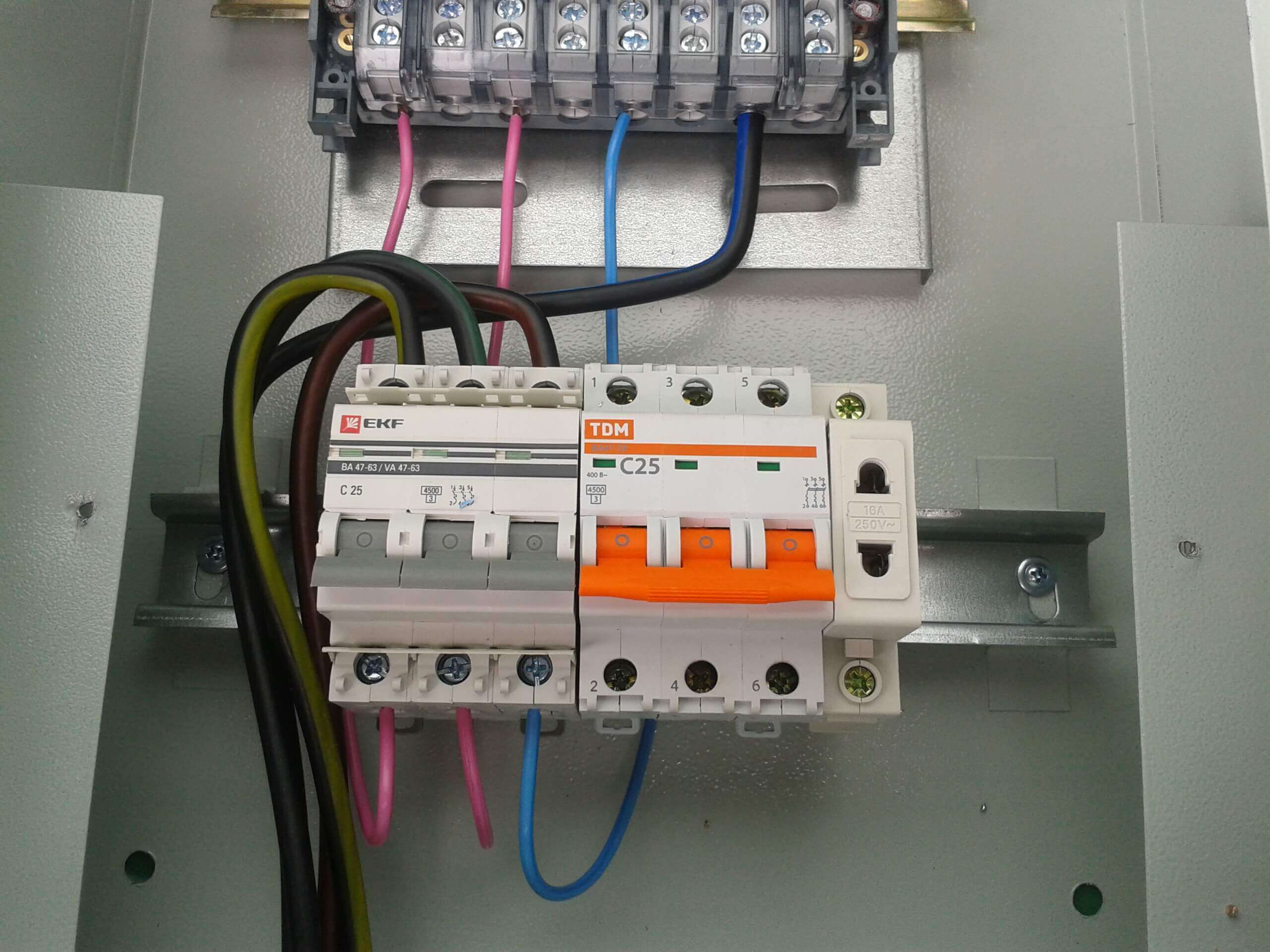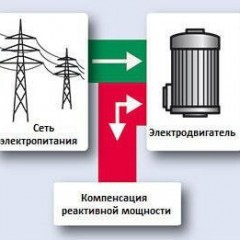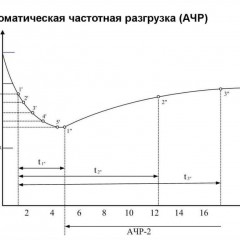What threatens to exceed the maximum power of electricity
Regulations
What is the excess of allowed power
Suppose we have an object for which the installed electric power is, for example, 15 kW. The facility will not be accepted into operation if the input and distribution of electricity do not correspond to the issued TU for electrical connection or upgrading an existing system. It is usually limited to opening circuit breakers.
But suppose you unauthorized, in other words yourself, have replaced the circuit breaker with a larger current. Or connected to the network bypassing the meter.
As a result of this, you will be able to connect a large capacity of electricity consumers, although you are prohibited from doing so under an agreement. If the allowed power is specified in the contract 15 kW, and when checking your electrical installation by representatives of the power supply organization, measurements of the current load at the input showed that the installed capacity for the calculation was, for example, 20 kW. Then the fact of excess is considered fixed.
Then an energy sales worker came to you and measured the actual input consumption, for example, 20 kW. Then the fact of excess is considered fixed.
How to fix the problem and on what grounds
The basis for entering the restriction mode can be accidents or work on electric lines. But this does not apply to the topic of the article. In our case, the restriction is introduced after fixing the fact of increased consumption. To do this, employees of a network or sales organization measure real consumption.
After that, an act is drawn up. Make sure that it contains information about the type of measuring device and its compliance with state requirements, verification and certification. A photo or video is attached to the act.
Limit mode can be entered immediately after detecting an excess of maximum power. The organization is obliged to notify the introduction of the regime by phone, e-mail or SMS. After 10 days after notification, the company may disconnect your property from power supply.
What threatens to exceed
Important! The act on unaccounted electricity consumption is drawn up only if connected without a metering device or bypassing it.And it is compiled with the involvement of two disinterested persons and a video or photographic process.
In simple words - until you turn off the "extra" consumers, you will return the circuit breakers to those values that are prescribed in the contract and so on. Penalties for exceeding electricity consumption (read how non-compliance with the terms of the contract) may be provided for by contracts with the energy sales company.
Effects
After fixing the excess of the consumer’s permitted power to use and drawing up an act, devices can be installed on the input of electricity to the consumer, such as:
- UOMPE;
- Network protection devices (CCD);
- Residual current devices (PZR) and others.
Interesting! The limiter may contain a function of recording facts of excess power during its operation.
Grounds for lifting the restriction
In order for you to remove the maximum power restriction, you need to take measures to eliminate the reason for its excess and draw up an Act to eliminate the grounds for introducing restrictions on the consumption regime. This way you prove to the network or distribution organization that you have taken action.
That is where we end our article. We hope the information provided was useful and interesting for you! If you have questions, ask them in the comments under the article!
Related materials:








